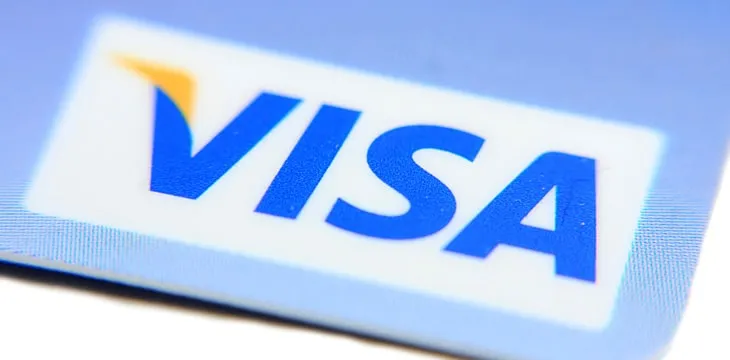|
Getting your Trinity Audio player ready...
|
Payments giant Visa is working on a platform that will allow for interoperability between central bank digital currencies (CBDC) and stablecoins, in a move that could revolutionize payments in digital tokens.
Dubbed the Universal Payments Channel, the platform would enable central bank digital currencies to be transferred from one blockchain to another, as well as allowing stablecoins to operate on different blockchains.
In a whitepaper published by the company, Visa said the platform would have an important function at the interface of CBDCs and stablecoins.
“With the innovation of distributed ledger technology (DLT), often known as blockchain technology, there has been significant growth of digital tokens in the form of cryptocurrencies, stablecoins, and central bank digital currencies. As the number of DLT networks increases, each with varying design characteristics, the likelihood that transacting parties are on the same network decreases. Thus, it is crucial to facilitate payments that are universal across networks, scalable to massive loads, and highly available,” according to Visa.
“We envision a future payment network that may be built on top of DLT networks without being subject to their limitations on interoperability, scalability, and availability faced by DLT payment solutions today. Specifically, we propose a hub-and-spoke payment route, referred to here as Universal Payment Channels (UPC), that can be used to support digital token transfers of funds across different networks through payment channels. We further discuss the potential use cases of the UPC technology to support, and not complicate, an already robust digital payment ecosystem. Finally, through the paper, we share some future directions of the UPC technology.”
The system works via a protocol which handles payments through a third party, known as the UPC Hub, which acts as the trusted gateway between the two blockchain ledgers. This will verify the eligibility of each payment, before reflecting the balance accurately across blockchains.
The system comes as a proposed solution from Visa to the issue of interoperability of central bank-backed digital currencies, in a world where many major central banks are already exploring the development of their own CBDCs.
Led by China, which is already in advanced testing of CBDCs, major economies around the world are preparing the groundwork for their own digital currencies, developing technologies and trialing systems. However, without interoperability between digital currencies, transferring from one central bank ledger to another could prove a challenge.
There had been calls for companies like Visa, as one of the world’s major payment processors, to step forward with a proposed solution.
It comes as blockchain research firm nChain published a new paper on “electronic cashback via retail CBDCs,” setting out how cashback via the blockchain could give central banks another tool for managing inflation.
In the paper published by Dr. Vlad Skovorodov and Dr. Zamid Aligishiev, nChain sets out how CBDCs can provide a “new and more efficient monetary policy toolkit.”
“From an economic perspective, the difference in design between this system of transfers and conventional interest rate policy would sum up to directly shifting demand for goods produced in a given sector (that is in need of an intervention) as opposed to influencing the aggregate demand for all goods,” according to the report.
“Due to the nature of cashbacks payments, such instruments have a lower bound on deflationary policies, not inflationary ones. Thus, it is possible to stimulate economic activity by introducing cashback payments even when interest rates cannot be lowered further.”
nChain is already working on developing systems that would deliver on these objectives and is working closely with the government of Tuvalu in a world-first project of its kind, built on the Bitcoin SV blockchain.
To learn more about central bank digital currencies and some of the design decisions that need to be considered when creating and launching it, read nChain’s CBDC playbook.
Watch: CoinGeek Zurich panel, Stablecoins on BSV

 09-07-2025
09-07-2025 





